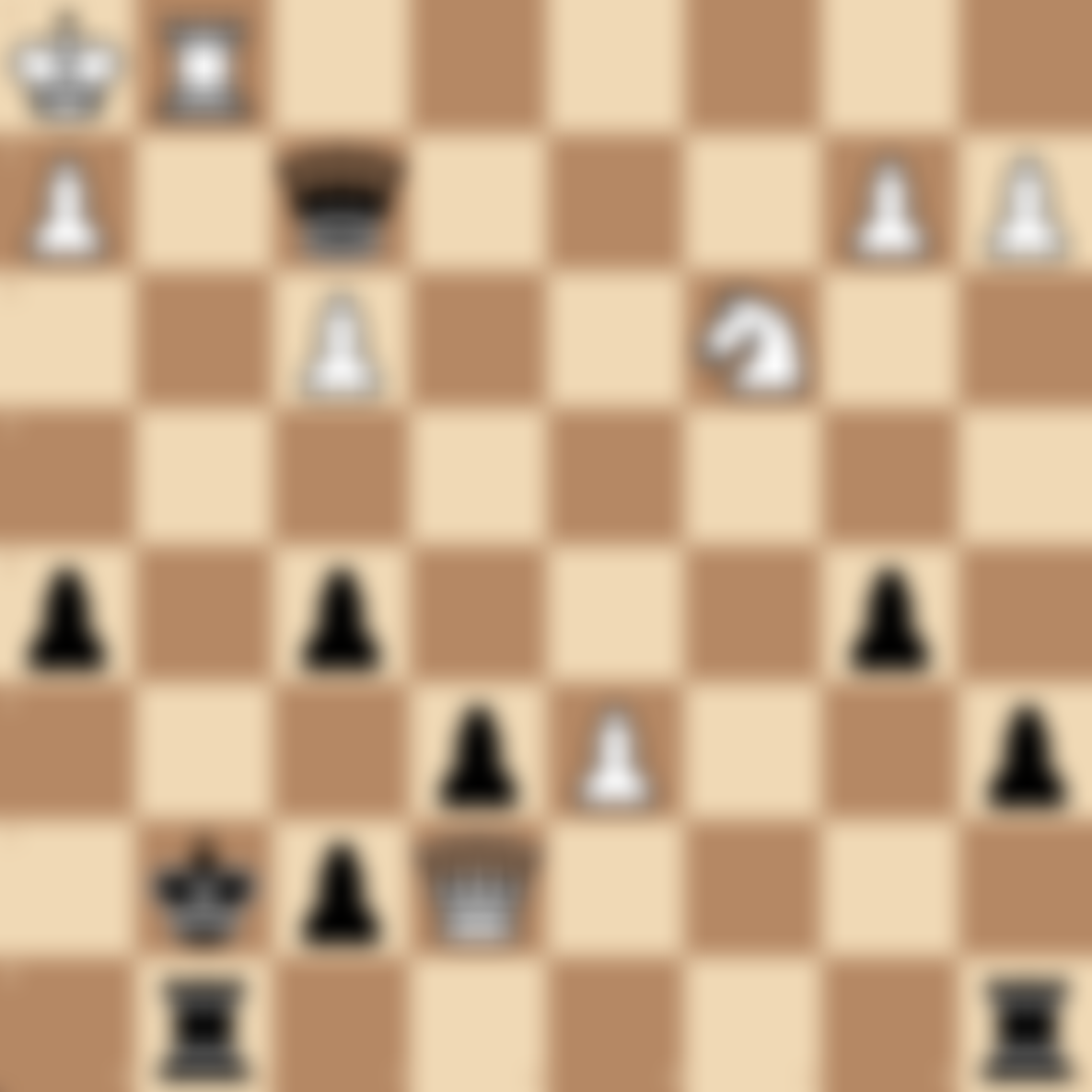Simplification in Chess: The Art of Reducing Complexity
Introduction
Simplification is a crucial strategic concept in chess that involves reducing the number of pieces on the board or simplifying the pawn structure. At chesspuzzles.io, we've compiled this comprehensive guide to help you understand and master the art of simplification, enhancing your strategic play and endgame technique.
What is Simplification in Chess?
Simplification refers to the process of exchanging pieces or pawns to reduce the complexity of a position. This can be done for various strategic reasons, such as to secure a small advantage, ease defensive tasks, or transition into a favorable endgame.
Importance of Understanding Simplification
Mastering the concept of simplification is crucial for several reasons:
- Advantage conversion: It can help convert small advantages into wins.
- Defensive resource: Simplification can ease the task of defending difficult positions.
- Endgame transition: It's often key to entering favorable endgame positions.
- Reducing risk: Simplifying can minimize the chances of tactical oversights.
- Time management: In time trouble, simplification can make positions easier to handle.
Key Concepts in Simplification
- Exchange: Trading pieces of equal value to reduce material on the board.
- Liquidation: A series of exchanges that significantly simplifies the position.
- Pawn structure simplification: Exchanging pawns to create a more manageable structure.
- Transition: Moving from one phase of the game to another through simplification.
- Zwischenzug: An intermediate move that improves the position before simplifying.
When to Simplify
- When you have a small but stable advantage.
- When defending a difficult position.
- When your opponent has more active pieces.
- When you have a favorable endgame.
- When you're short on time and need to reduce complexity.
How to Execute Simplification
- Identify which exchanges are favorable for your position.
- Look for forced sequences that lead to simplification.
- Consider the resulting pawn structure after potential exchanges.
- Evaluate the endgame that might arise after simplification.
- Use tactics to force favorable exchanges when possible.
Dangers of Over-Simplification
- Loss of winning chances in equal positions.
- Prematurely releasing tension in the position.
- Giving the opponent easy drawing chances in superior positions.
- Losing the initiative by exchanging active pieces.
- Entering unfavorable endgames due to poor evaluation.
Famous Games Featuring Critical Simplifications
- Capablanca vs. Tartakower, New York 1924
- Fischer vs. Petrosian, Buenos Aires Candidates Final 1971, Game 7
- Carlsen vs. Karjakin, World Chess Championship 2016, Game 16
Practice Simplification Puzzles
Enhance your understanding and execution of simplification with our carefully curated collection of puzzles:
Try our Simplification Puzzles on chesspuzzles.io now
These challenging puzzles are designed to improve your ability to identify and execute favorable simplifications in various positions.
FAQs
Q: Is simplification always good for the player with an advantage? A: Not always. While simplification often helps convert advantages, in some cases it can reduce winning chances or even lead to a draw. Careful evaluation is necessary.
Q: How does simplification relate to the concept of "technique" in chess? A: Simplification is often a key part of chess technique, especially in converting small advantages. Good technique often involves knowing when and how to simplify effectively.
Q: Can simplification be used as a defensive strategy? A: Yes, simplification is a common defensive strategy. By reducing the number of attacking pieces, the defender can often make their task easier and increase drawing chances.
Q: How do strong players know when to simplify? A: Strong players base their decision to simplify on a deep evaluation of the position, considering factors like pawn structure, piece activity, and potential endgames. This comes with experience and study.
Q: Is it possible to use simplification in the opening phase of the game? A: While less common, simplification can occur in the opening, especially in some exchange variations. However, it's more typically a middlegame or endgame concept.
Master the art of simplification to enhance your strategic play and endgame technique! Ready to test your skills? Try our Simplification Puzzles on chesspuzzles.io now and learn how to navigate complex positions by reducing them to more manageable ones!
